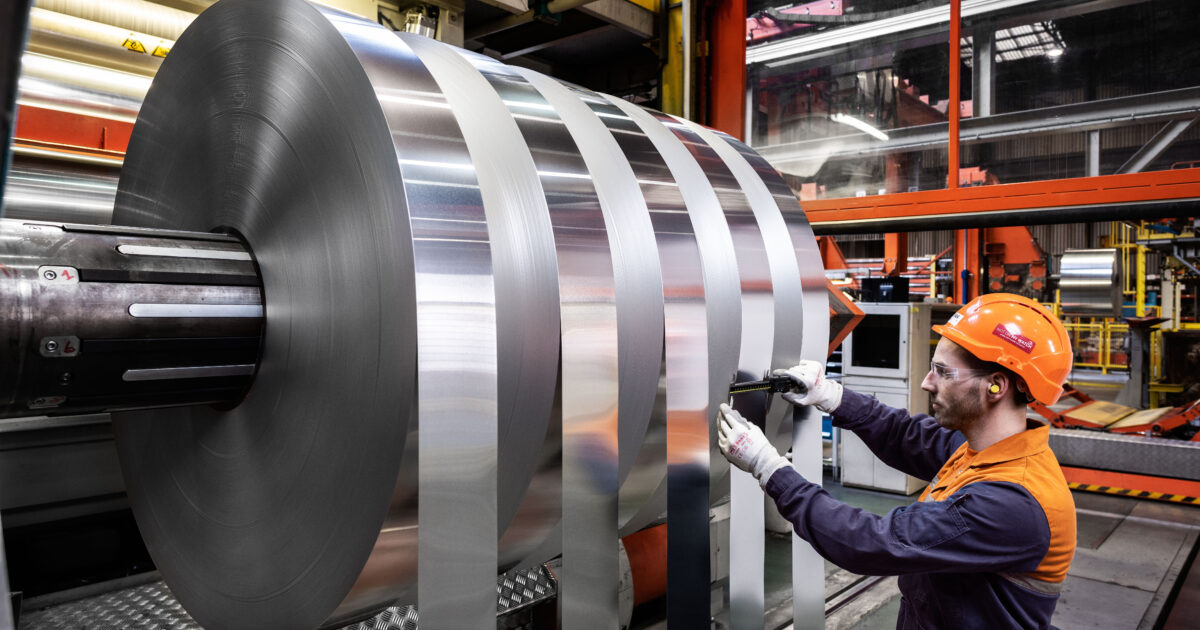The US aluminum market is currently navigating a complex and turbulent environment, facing multi-year high import costs that are sending ripples throughout American manufacturing.
A confluence of factors, most notably escalated tariff tensions, persistent supply chain disruptions, and evolving global trade dynamics, are fueling this dramatic price surge. Understanding these forces is crucial for businesses that rely on aluminum and are seeking to mitigate potential impacts.
Tariffs, Tensions, and Tonnage: A Triad Driving Up Costs
The pressure on US aluminum prices is being driven by a potent combination of external pressures. The most immediate factor is the recent imposition of additional tariffs on aluminum imports from the European Union and the United Kingdom. Effective April 9, 2025, these new levies – a 20% tariff on EU-origin goods and 10% on UK imports – build upon the pre-existing 25% Section 232 duty from 2018. For EU producers, the effective tariff rate now sits at a staggering 45%, creating significant disincentives for transatlantic trade.
This tariff pressure has had an immediate and measurable impact on the Midwest Premium, the benchmark regional surcharge that incorporates transportation, handling, and tariffs. According to recent data from Reuters and CME Group, the Midwest Premium has spiked to over 33 cents per pound, a level not seen since the trade war years of 2018-2019. This represents a near-doubling of the average of 17-18 cents recorded in early 2023, highlighting the rapid and substantial impact of the tariff increases.
Beyond tariffs, escalating tensions in the Middle East are further compounding supply chain challenges. Forced rerouting of commercial ships via the Cape of Good Hope, necessitated by these tensions, is significantly extending transit times. Voyages from the Persian Gulf to the US East Coast are now 40% longer, while Asia-to-US East Coast routes are experiencing a 30% increase. While container shipping rates have moderated from their 2021 peaks, policy uncertainty and ongoing capacity constraints at North American ports remain significant risks. Industry experts are rightly concerned that volatile trade policies could trigger another surge in freight costs, further exacerbating the situation.
China’s Opportunity in a Divided Market
While facing its own set of US tariffs and quotas, the current US-EU trade friction presents strategic opportunities for China. Chinese aluminum, particularly from Rusal-backed ventures and state-owned enterprises like Chinalco, is increasingly being redirected towards alternative markets in Asia, Africa, and Latin America. This shift highlights the interconnectedness of the global aluminum market and the potential for regional disruptions to have far-reaching consequences.
Looking Ahead: Navigating Uncertainty
The US aluminum market is facing a period of heightened volatility and uncertainty. Businesses that rely on aluminum should closely monitor these developments and proactively explore strategies to mitigate potential impacts. This includes diversifying sourcing options, carefully managing inventory levels, and engaging in thorough risk assessments. As the global trade landscape continues to evolve, adaptability and strategic foresight will be crucial for navigating this challenging environment.
Source: GlassBalkan







